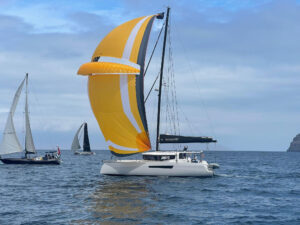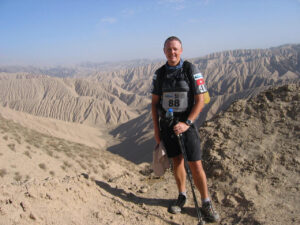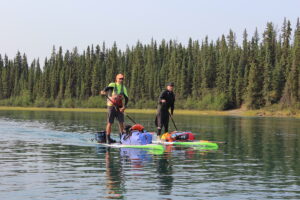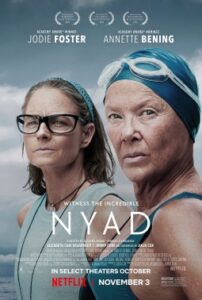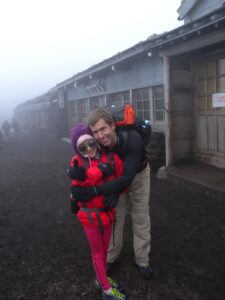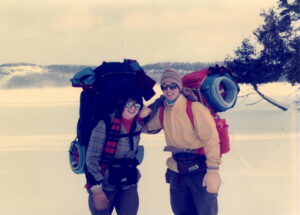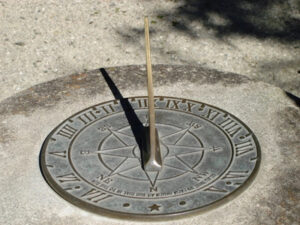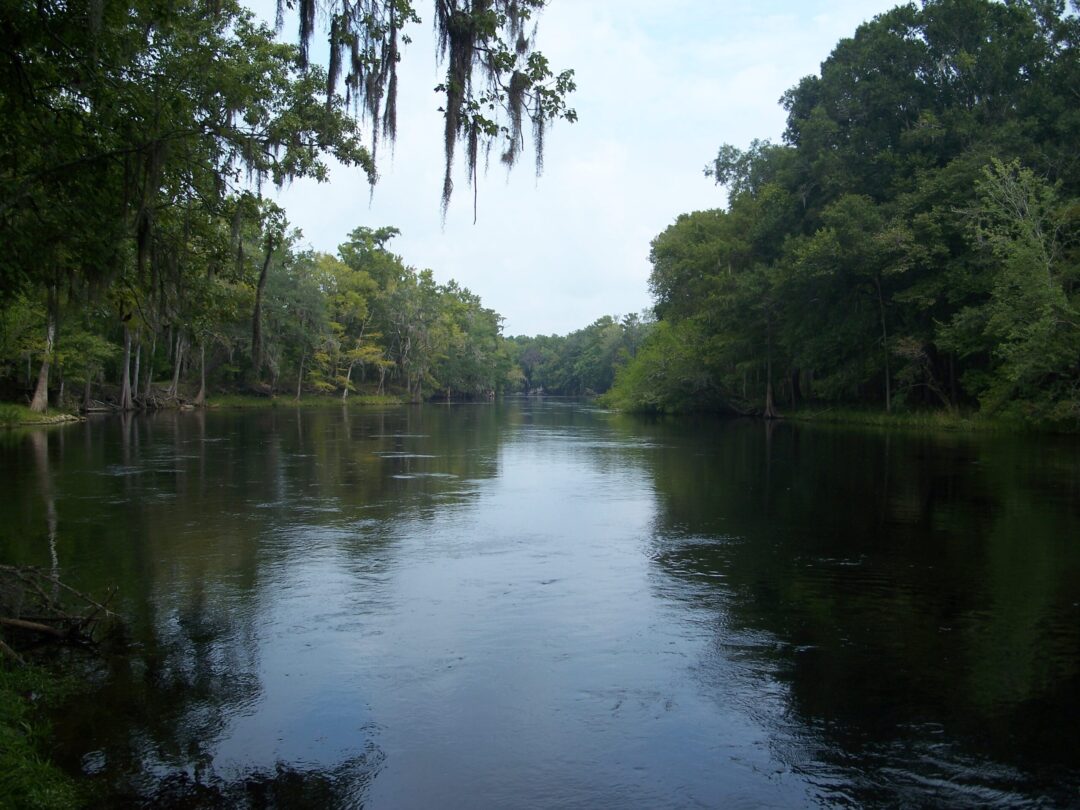My Adventure: by Dale Simonson
It was hour 57 on my standup paddle board when the bolt of lightening cracked to the ground a half-mile from me. With non-stop paddling over the past two and a half days and only 90 minutes of sleep, my mind was slow in processing the risk of the approaching squall. The shoreline was just weedy delta as the Suwannee River prepared to flow into the Gulf of Mexico, so with no refuge there I opted to continue the final few miles to the finish line in the small fishing town of Suwannee, Florida. And thus I complete the Suwannee River 230 paddling race in 58.5 hours, surprising myself with a 1st place finish in the sSUP category.
As the name suggests, the Suwannee River 230 is an ultra-distance paddling race down the entire 230 mile length of the Suwannee River, starting at the tea-colored waters of the Okefenokee Swamp in Southern Georgia, and ending where it flows out into the Gulf of Mexico just north of Tampa, Florida. The thought of a race like that had never entered my mind until just five months earlier when my sister twisted my arm to enter along with her. It was an intimidating decision. As someone fast-approaching age 60, I questioned my stamina for a multi-day endurance race like that. I always stay in decent shape physically, but not specific to paddle boarding 230 miles. And I was concerned about my lack of experience with the Florida heat and the sleep deprivation. Honestly, though, the first worry that popped into my mind when my sister suggested entering, was “what about the alligators?” It didn’t help that everybody I mentioned the race to asked me about the alligators too. Then again, everyone I mentioned it to were Northerners who are as ignorant as I am about alligators.
The entire experience was amazing! Foremost was the magnificently beautiful Suwannee River and the privilege of seeing each mile as it morphed from a small, swampy stream winding through cypress-choked backwaters, into a broad, meandering river. The camaraderie amongst the paddlers and supporting ground crew was also memorable. Paddlers are a very friendly and supportive group. As for the physical aspects, it was surprising. All the muscles I feared would give out (arms, back, core, and lower legs) stood the test of nearly 100,000 paddle strokes (my watch counts the strokes) just fine, and I had the right gloves and medical tape to prevent blisters. Unexpectedly though, my quads gave out on the second day forcing me to paddle sitting down until I had saddle sores on my rump that would make a Tour de France rider grimace. The quads recovered quickly, but the sores made the 20-hour drive back home more painful than the race.
The lack of sleep didn’t bother me as much as feared, in part thanks to strategic use of caffeine. I admittedly had bizarre hallucinations the second night, seeing trees and homes shaped like giant characters from Alice In Wonderland, Star Wars, and other movies. But it’s not like I was senile, or at risk of falling asleep mid-river. Thankfully I finished the race two hours before sunset, since a third night in a row of dark paddling would surely have been a completely different (in a bad way, probably) experience. The real test of whether I enjoyed or didn’t enjoy the experience came the morning after. I awoke from a deep 11-hour sleep, looked out at the drizzly weather hanging over the Suwannee, and felt the inexplicable urge to do it again next year!
Oh, and as it turns out, the alligators are nothing to worry about. The locals don’t worry about them, and I only saw one during the entire journey. It ignored me.
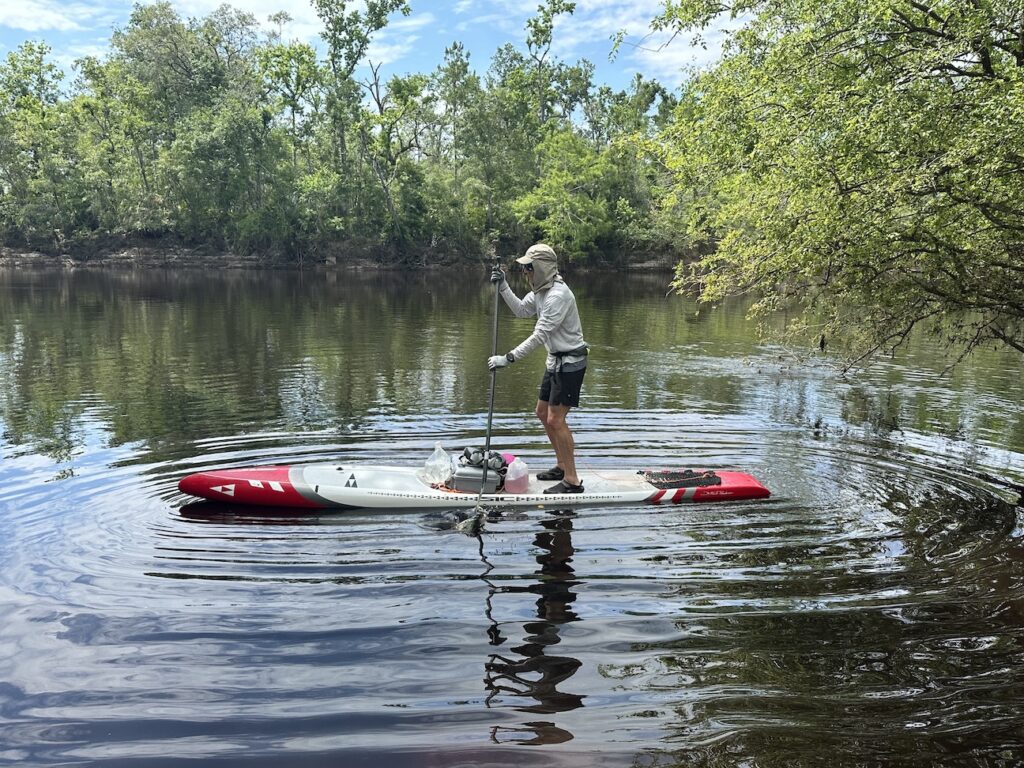
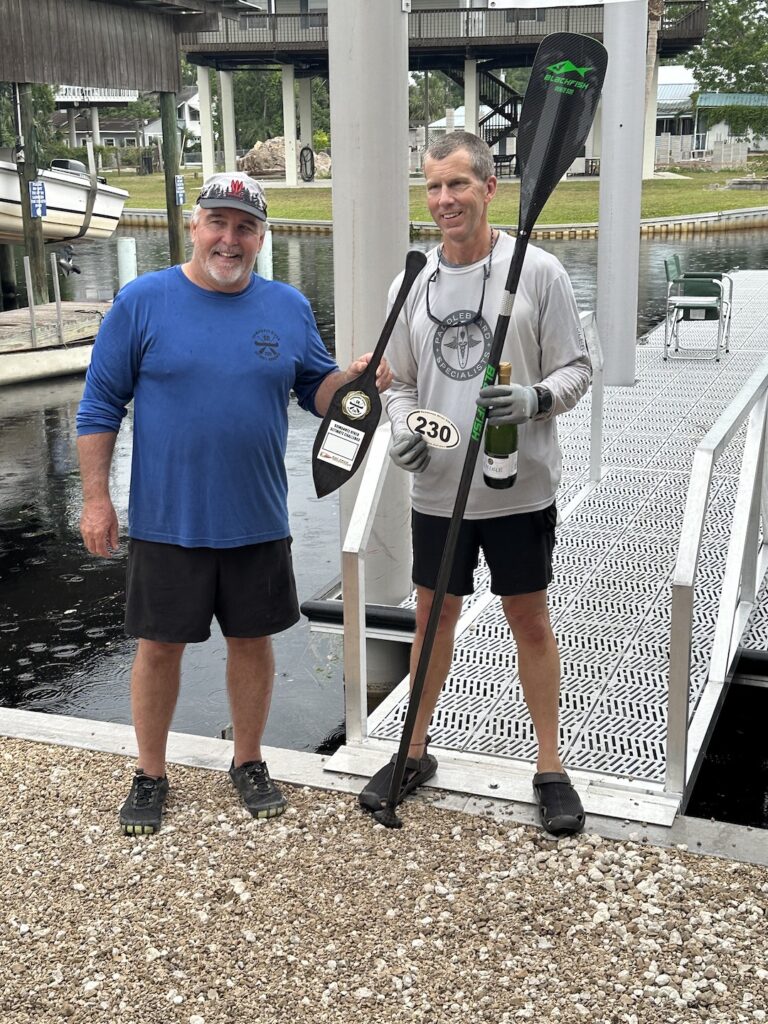
Advice to Others:
So how does one prepare for a 2 or 3 day paddling race? I always stay in above-average shape physically, so I had a good base from which to start more focused training. Given my late decision to enter the race, I only had a few winter months to train so I started a pretty serious daily regimen of weight-lifting and core exercises that I thought applicable to paddle boarding, augmented with long runs and swims for cardio training. And knowing that nothing beats the activity itself, I journeyed out on the nearly frozen Wisconsin River and Illinois River for long stints of paddling in February, March, and April, including a 50-mile overnight outing with my sister to get accustomed to paddling in the dark (and boy, was it dark!). I watched hours of YouTube videos with information on every aspect of a race like this, including topics on equipment, training, nutrition, pacing, ground crew support, and more.
My sister, an avid paddler, connected me with her acquaintances who had paddled the Suwannee before. And I found the most awesome friend to serve as ground crew, supporting me in so many ways both before and during the race. Together with him, we discussed and documented a detailed float plan with targeted resupply points and agreed on a communication approach with me on the river and him in a car. And I purchased lots of food (way too much) and beverages I thought would be needed to fuel me those 230 miles. It turns out nothing was more helpful than Ensure nutrition drink and an electrolyte/glucose powder called Tailwind that I added to the 10 gallons of water I drank during the race.
For those of you curious about the financial costs, I’d rank this adventure around the middle of the spectrum at just under $4,000 all-in. I found a used carbon racing SUP for $1,600 (half the price of new), and purchased a $500 carbon paddle. Then there was the $200 race entry fee, the cost of driving 2,000 miles roundtrip to Florida and back ($1,000?), pre- and post-race motel rooms ($250), and food and some miscellaneous equipment ($300) like a good spotlight. But the investment in a racing SUP and other equipment halves my costs for the next race.
To be clear, one need not train so hard or spend so much money for the same adventure. The race was 70% mental (just keep paddling no matter how hot, tired, bored, sore…) and 30% physical. For those on a lesser budget, equipment at half the cost of mine would still get you down the river just fine. You don’t need fancy carbon. And there are similar races all over the country so choosing one closer to home can significantly reduce the travel costs.
Seriously, why not try such a unique and accessible adventure? I highly doubt you would have any regrets. And the alligators won’t bother you.

